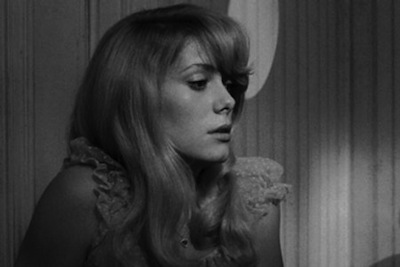 |
| This NASA landing may have been faked on a California soundstage |
In an interview accompanying Criterion's recent release of Brian De Palma's 1981 masterpiece
Blow Out, his ex-wife and frequent
collaborator Nancy Allen describes the consequences of casting John Travolta in that film. The three had all greatly enjoyed working together on
Carrie, and Travolta was eager to work with Allen and De Palma again. But between
Carrie and
Blow Out, he'd gone from being John Travolta, star of TV's
Welcome Back Kotter, to John Travolta, one of the biggest stars in Hollywood, thanks to
Grease and
Saturday Night Fever. Consequently, what had been written as a small political thriller, was now going to be marketed as a major summer thrill-ride. This meant the script had to be adjusted to include large-scale chases and set-pieces. While the end result is thrilling, Allen reports with amusement that the process of filming the "big" scenes bored and frustrated De Palma to no end. It all detracted from the story he wanted to tell and the stylistic flourishes that had so defined his early career.
I couldn't help thinking about that anecdote as I watched 2000's
Mission to Mars, a movie so utterly anonymous it might as well have been scrawled on a bathroom wall. It certainly seems that De Palma hasn't changed nearly as much as his films have, because his boredom with the film's big set-pieces and special effects bleeds into every frame.























































